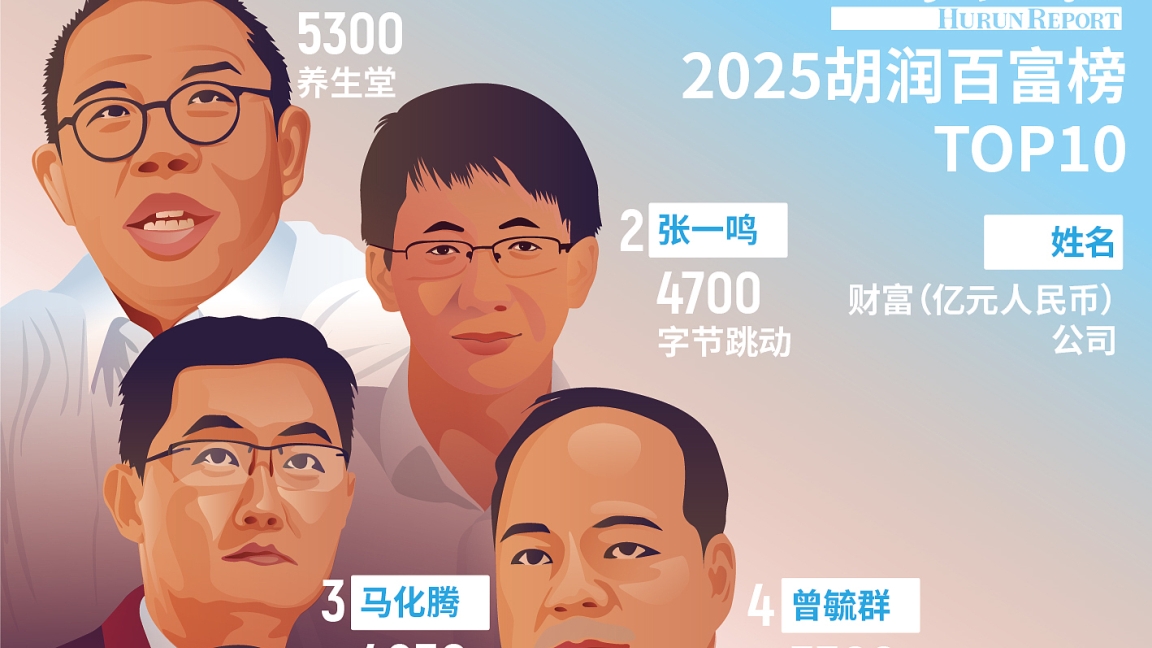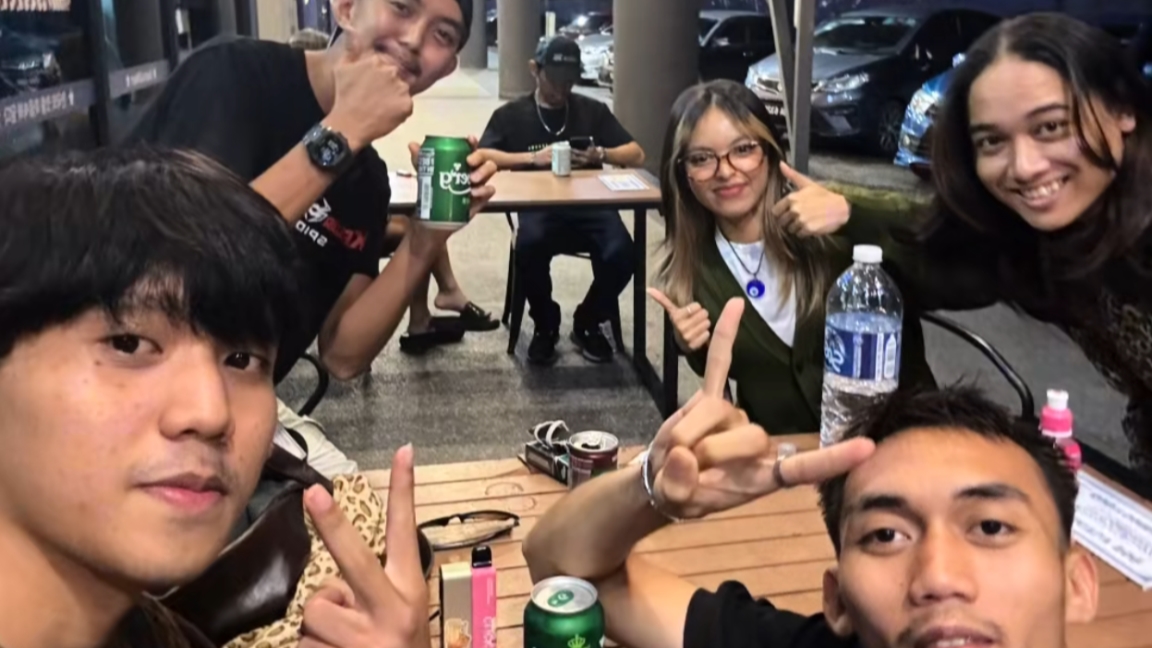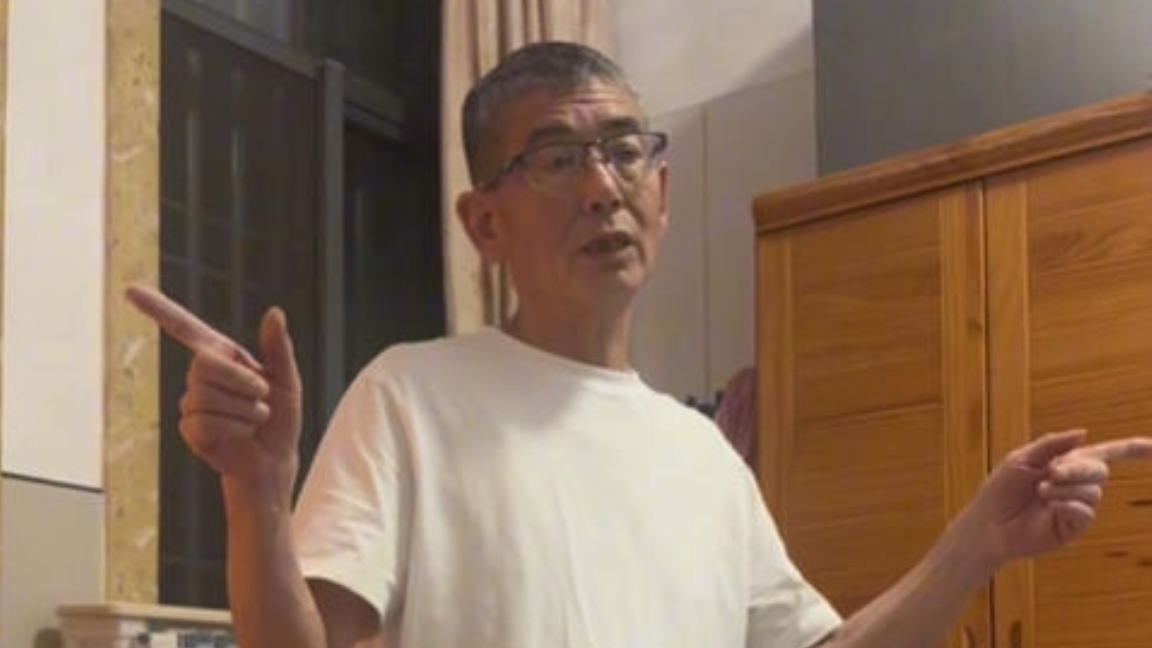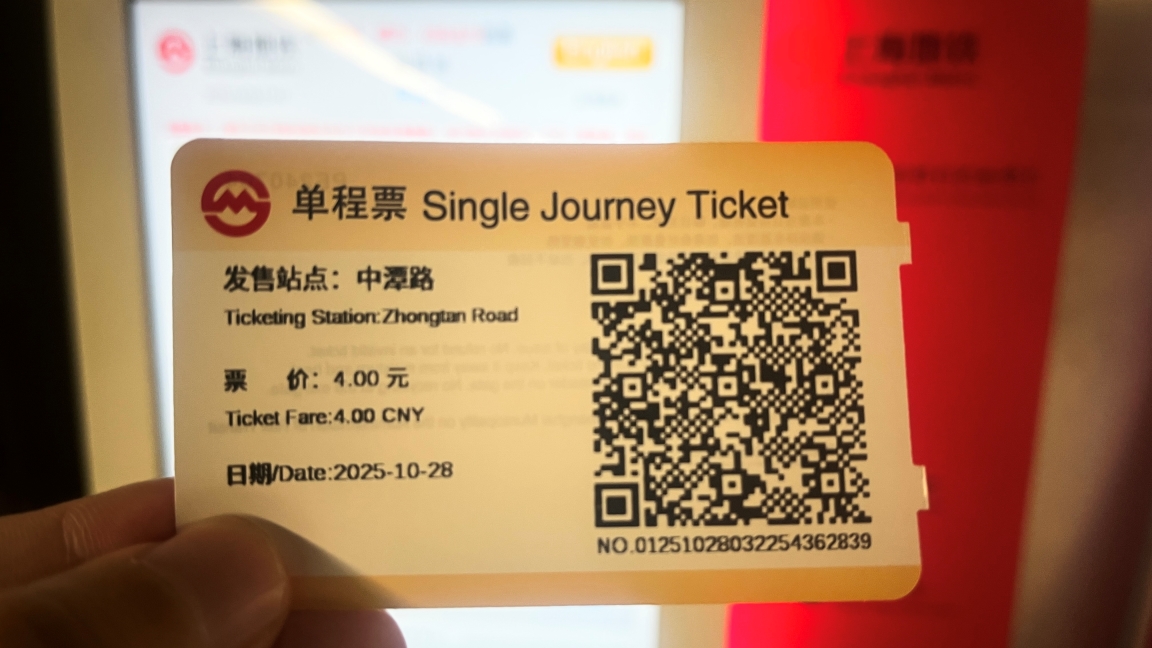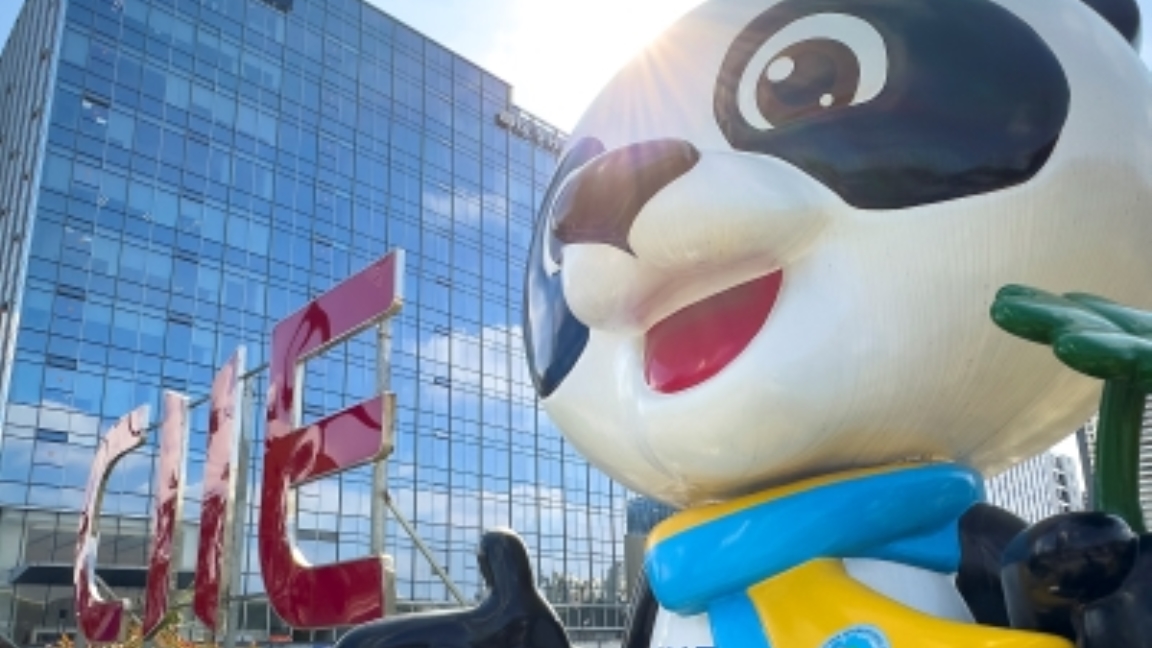Peel-apart film is the latest retro craze
In an age dominated by AI-enhanced selfies and ultra-clear phone cameras, a throwback photo format is making a surprising comeback – peel-apart film.
Once a throwaway in photography studios, it's now a social media darling - with a price tag to match.
Celebrities like Ju Jingyi and Liu Shishi have posted moody portraits taken with this now-defunct film, triggering a flood of interest across platforms like Xiaohongshu and Douyin.
The hype has turned what was once a cheap studio test film into a luxury item - at 400 yuan per shot.

Unlike instant cameras such as Polaroid, peel-apart film involves pulling apart the photo and negative by hand after the shot. The chemical process that follows creates a vintage texture. The manual element adds a bit of suspense - will it be a masterpiece or a smudged mess?
The suspense of not knowing whether a peel-apart film will be unclear also makes Xiaohongshu's young users to embrace this retro photo format.
The main types that have gone viral include Fujifilm's FP-100C and FP-3000B, both officially discontinued in 2016 and now only available through second-hand markets or old stock. Most of them are expired, which adds to both the risk and the thrill.

With millions of views on social media platforms like Xiaohongshu and Douyin, peel-apart film has become a visual culture phenomenon.
As demand skyrocketed, the price followed. A single box of ten FP-100C films now goes for up to around 2,000 yuan (US$276.3). Some even try DIY versions, while photo studios scramble to stock the last usable batches.

A new lifeline for photo studios
The trend has also revived a segment of the photography business. In cities like Hangzhou and Chengdu, studios now offer all-inclusive peel-apart photo packages ranging from hair styling to make-up to framing. Some shops are so popular that booking a slot requires days of waiting.
There is a steep learning curve though. Pull too hard or at the wrong angle, and you could lose several frames - an expensive mistake when each one costs hundreds of yuan. And because the film is expired, not every shot comes out clean.
Still, the ritual - choosing an outfit, perfecting your pose, holding your breath as you peel the print - is part of the appeal.


Peel-apart's cousins: CCD and iPhone 5s
This isn't the first time old tech has made a viral return. CCD cameras, known for their dreamy "buttery" aesthetic and grainy tones, have seen a strong second life on resale platforms, with prices reaching more than 1,000 yuan. And then there's the iPhone 5s revival, which saw Gen Z users turning the decade-old phone into a retro photo tool.
Across platforms like Xiaohongshu and Weibo, terms like "vintage vibe," "street shot essential," and "retro aesthetic" tag along with these devices.

Why the nostalgia?
For a generation raised on filters and front cameras, the imperfections of retro gear offer something rare - authenticity. While smartphones create flawless portraits, vintage tech brings back texture, unpredictability, and a tangible sense of presence.
As one user put it - "A photo that costs 400 yuan better look good - but even when it doesn't, it feels real."
Whether it's peel-apart film, CCD sensors, or ancient iPhones, today's retro craze shows no signs of fading.
In a world of digital perfection, maybe what young people really crave is a bit of analog mystery - and the stories that come with it.
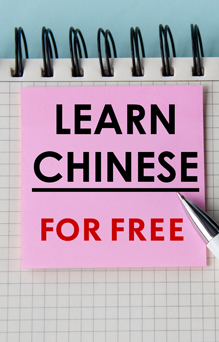



In Case You Missed It...
